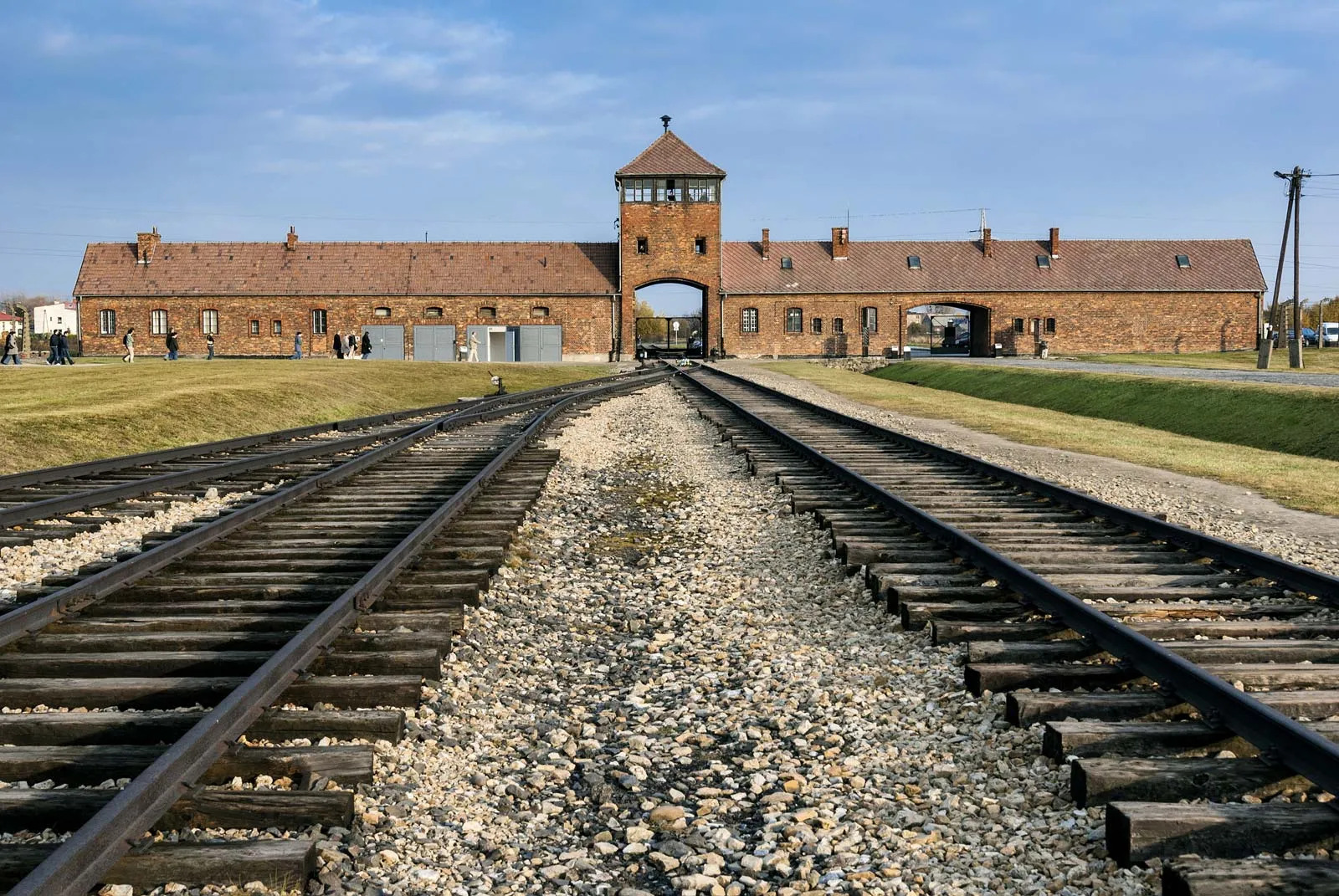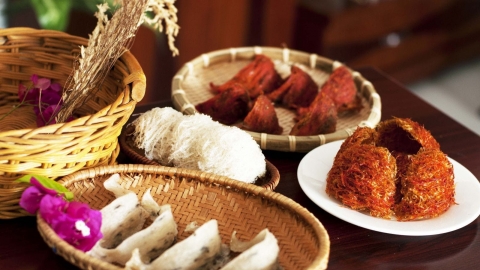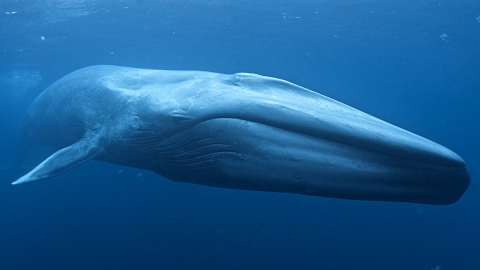Nguyen Hien Mi, who lives in Hanoi, was deeply moved after visiting the Auschwitz concentration camp. When talking about Europe, people often think of France, Germany, Italy or Switzerland, but for Nguyen Hien Mi (Mimidory), 29 years old, who lives in Hanoi, the most unforgettable place for her is Poland. The female tourist arrived three months ago and visited the Auschwitz concentration camp, now the Auschwitz-Birkenau museum and memorial.
"It's an unimaginable journey. There are places where you come and go with joy and excitement. But there are places where visitors bring sadness, obsession, and pain. And Auschwitz is the latter," Mi said.
Auschwitz was the largest and most notorious concentration camp under the Nazi regime. The dense barbed wire fence outside Auschwitz I served as the administrative and detention area. Inside, there were neatly numbered buildings surrounded by electrified barbed wire.

The Nazis hung a huge slogan at the entrance of the camp: "Labor is freedom." However, the reality was completely different as prisoners were forced to do hard labor. They were beaten, worked in terrible conditions and exhausted to death.
Stopping in front of Auschwitz I and II, Mi felt cold. She walked slowly, carefully passing through some houses that were opened according to each theme so that visitors could have a more intuitive view. The two houses that haunted the Vietnamese female tourist the most were blocks 5 and 11.
House number 5 was piled high like small towers with personal belongings. Thousands of suitcases with personal names engraved on them that the Nazis gave to prisoners before execution, saying they were to free them but in reality they were to send them to the gas chambers. Thousands of eyeglasses belonging to Jewish intellectuals or Polish and Gypsy prisoners... Mountains of combs, pots and pans, adult and children's clothes and millions of worn-out shoes...
The basement is a torture instrument display room and a punishment room with brick cells about 1 square meter wide and 2 meters high. Below is an iron hole just big enough for a person to crawl through, the rest is completely sealed. "After a hard day's work, if prisoners are punished, they will be brought here. They cannot sit or stand still, and there is a lack of air, so they quickly become exhausted," Mi said.

House No. 11 is considered the House of Death with the wall of death. When prisoners are brought in, they have to go through each room: sentencing, changing room, dormitory, shower room (fascist-style shower where the strong hose is sprayed on the prisoners painfully) and finally to the wall of death - the place of execution.
The next stop was Auschwitz II (Birkenau) or the extermination camp. Between the two sections of the camp was a railway that transported people from the free world to death. They would be examined by nurses and immediately sorted: those who could be used for labor and those who needed to be eliminated immediately, such as the elderly and children.
"I felt a little colder with every step, every touch and every line I read. There will be few second chances to come here and witness with my own eyes the ruins of the only systematic genocide in human history again. With 2-3 million people massacred, 700 people escaped and 400 people recaptured, I grieve for those who left and admire those who survived," Mi said.

Mi felt quite heavy after the tour, but she said that the decision to visit was the right one. She had unforgettable experiences and the trip helped her appreciate her current life.
Hien Mi has been to 32 countries and territories. At each stop, Mi tries to explore the local life and culture as much as possible. She cherishes each trip, because it is a priceless opportunity for her to learn new things.



































